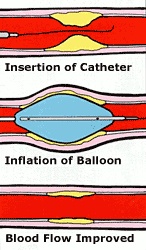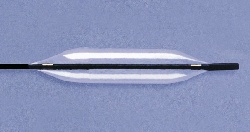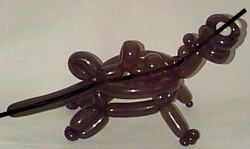Balloon Animal Angioplasty Successful In Treatment Of Pediatric CAD
February 7, 2001
SAN FRANCISCO, CA—Children with coronary artery disease at San Francisco General Hospital are now being treated with balloon animal angioplasty, an experimental procedure expected to dramatically decrease the discomfort and anxiety associated with traditional balloon angioplasties.

In a typical angioplasty, a small catheter is passed into the affected coronary artery, whereupon a balloon attached to the catheter tip is inflated, re-expanding the plaque-narrowed lumen.
Despite its success in adults, however, kids with coronary atherosclerosis typically shun the procedure, due to "a lack of interest or understanding of its purpose," according to pediatric cardiac surgeon Dr. Gordon Fahey, one of the first to embrace the new balloon animal procedure.
"Kids these days don't care about arteriosclerosis and its consequences, any more than they care about Social Studies, or Biology," Fahey said at an SFGH press conference. "They go, 'what's the point?', and head right back to their chips, fries, and burgers."

Traditional balloon angioplasty

Balloon dinosaur angioplasty
"Balloon animals grab the kids' attention. They love watching the flouroscopy, so they can root for their favorite animal to creep up on and wipe out the bad atheromatous lesions!"
Popular animal requests include daschunds, giraffes, and teddy bears; in addition, Fahey notes the occasional request for Pikachus and Jigglypuffs, "whatever the hell those things are."
More Stuff!
Get the Q Fever! Book!
The Q Fever! Store!: T-shirts, caps, mugs, and thongs!
Support The Q!
Subscribe to the Q Fever! Mailing List!
Contact Q Fever!
Remember: Quality Without The Q Is Just Uality!
Menu

